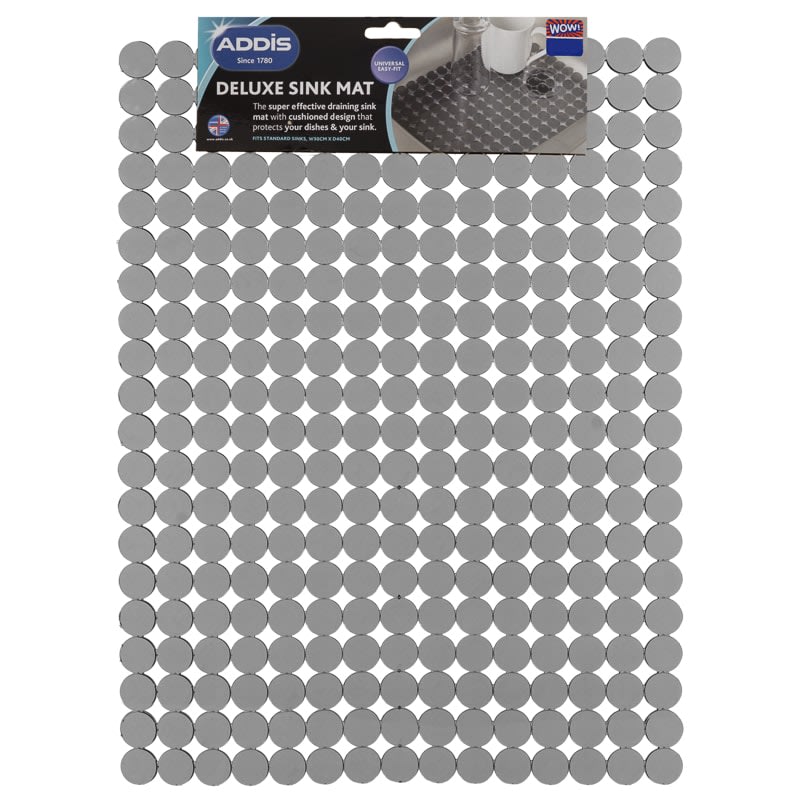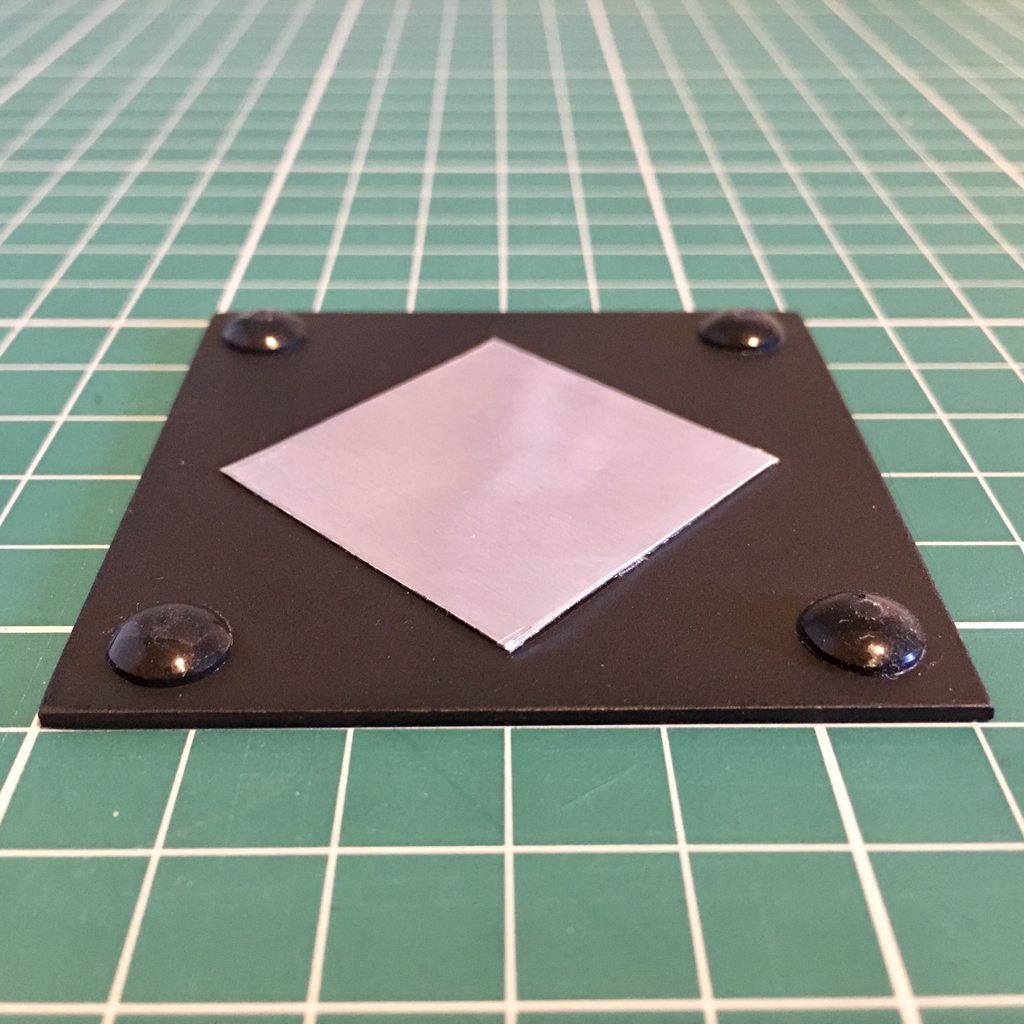windhoek
The Phoolosopher
Hi Derek,
The top surface of the Soundeck plates is not grippy in any sense. And so, unless your speakers are really heavy, they could move.
Is there anyway that you could add spikes to the bottom of your speakers to interface to the glass. You can then add some plastic or rubber around the spike to help keep it there. The Mana Soundclamp does that quite effectively if you wanted to ask them to make a set for you.
I suspect that the felt interface to the glass is not allowing the Mana stands to sound like Mana stands, as that interface is important to the sound.
I do use Soundeck feet under my floor standers (as mentioned upthread). The spikes from the speaker then sit on metal pucks, which sit on the Soundeck plates, which then sit on the floor. The speakers weight around 67 kg and do not move on the Soundeck plates.
If you want to use Soundeck plates under your speakers you could put them between your replica Sound Tables and the floor. An interesting experiment, but you of course mixing different approaches to supporting equipment.
I hope this helps.
Ian
Yeah Ian, that's very helpful. My Eaton Legacy speakers weigh 20kg each so they're probably heavy enough to stay put on any interface unless it's polished or been designed to be slippy, like Teflon or something like that. I tried having my speakers sitting flat on the glass with no interface and they were pretty secure; although there may well have been a vacuum effect going on considering two large surface areas were in flat contact.
I've actually just recently swapped out the felt pads for pieces of Addis Sink Mat protection stuff; which seems to be made from a very firm but not exactly solid rubber-plastic compound, and which happens to be ever so slightly tacky. I bought it in B&M for £2.50 on the off-chance it would sound better than felt pads and sure enough, it does: there's been a definite drop in floor vibration and the bass frequencies seem to be coming from the area behind and between the speakers as opposed to coming from everywhere in the room, as if out of control room modes and floor reverberation were at work. Fwiw, I've got two stacked together under the corners of each speaker, so that's 16 pieces altogether.

Suffice to say, I agree that the interface can make a huge difference. My speakers are unquestionably too big for my small room so bringing unwanted vibration and excitement in the lower frequencies under control is definitely what I want to achieve... but without having to sell my speakers.
I don't think I'd be keen on fixing spikes to my speakers as they're in great condition and my floor is decidedly uneven and springy so if I was going to buy some Soundeck feet I'd want to stick them between glass and speaker. The 4-tier mana column each speaker sits on is pretty solid so I'd be reluctant to disturb it as it took ages to get everything level and perfectly stable. And seeing as it is pretty stable and level, the Soundeck feet might be fine as they are, although slightly tacky on top would be better.
As for the sound clamp idea, do you mean that you could use a sound clamp to sit on top of the glass? Or would the sound clamp dispense with the glass? And would either option maintain the coupling of speaker to floor? I'm inclined to try out some form of de-coupling, which I think the pieces of sink mat are allowing me to do, and which as far as I can tell, the Soundeck feet would achieve as well.



